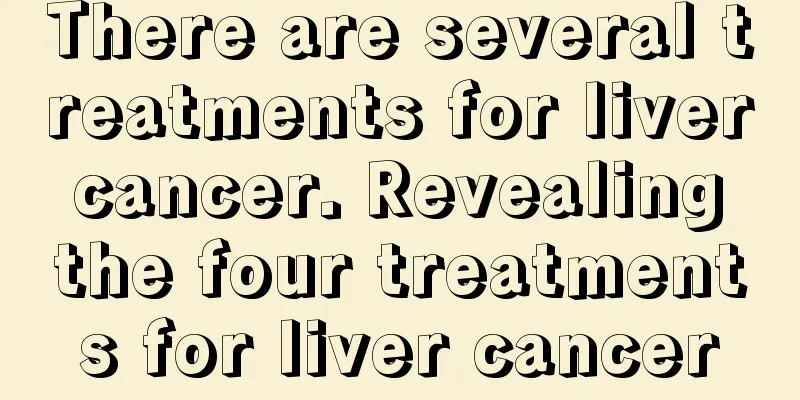What is pityriasis versicolor?

|
Pityriasis versicolor, scientifically known as pityriasis versicolor, is also called tinea versicolor. It is a fungal infection of the stratum corneum of the skin caused by Malassezia. This disease is generally chronic. When the symptoms are more serious, it can cause hypopigmentation or pigmentation, and often occurs in the patient's face, armpits, upper arms, back and other parts. 1. Cause The pathogen is a type of lipophilic yeast called Malassezia. This type of fungus is a saprophytic fungus of normal skin. Only under certain special circumstances such as high temperature and humidity, local fat and sweat, and poor sanitary conditions, the parasitic density of Pityrosporum increases and the saprophytic yeast transforms into a hyphae type to cause disease. 2. Clinical manifestations The initial lesions are circular punctate macules surrounding the pores, which gradually increase to the size of a nail plate with clear edges. Adjacent areas may merge into large irregular patches, with new macules appearing around them. The surface is covered with a small amount of bran-like scales that are easily peeled off, ranging from gray, brown to yellow-brown, and sometimes multiple colors coexist, resembling spots. The longer the time, the lighter the spots. The rash has no inflammatory reaction and occasionally causes mild itching. The lesions often occur on the chest and back, but may also affect the neck, face, armpits, abdomen, shoulders and upper arms. It is generally more common in young and middle-aged men. The course of the disease is chronic, with the rash decreasing or disappearing in winter but recurring in summer. 3. Treatment 1. Topical medications 2% ketoconazole lotion can be used externally for 7 to 10 days; 2% selenium disulfide lotion can be used externally for 7 to 19 days. For patients with smaller areas or those who cannot take oral antifungal drugs for various reasons, 1% bifonazole cream/gel, 2% miconazole cream, 2% ketoconazole cream, or 2% econazole cream can be given for external use, all of which have good therapeutic effects. 2. Systemic treatment For patients with larger areas or recurrent attacks, oral azole drugs such as itraconazole, ketoconazole, and fluconazole can be given. |
<<: Can hemorrhoids be inherited?
>>: Four tips for treating insomnia to solve your pain
Recommend
How to treat chronic appendicitis better
The occurrence of chronic appendicitis has a grea...
What are the symptoms of early liver cancer? Teach you how to identify the early symptoms of liver cancer
The main group of liver cancer patients are men. ...
What should I do if I faint at the sight of blood?
Blood is the most important substance in the huma...
What are the diets for colorectal cancer turning into liver cancer
Colon cancer is a relatively common type of color...
What causes women to get cervical cancer?
The main cause of cervical cancer is human papill...
How does hepatitis B prevent liver cancer
Cancer means death in the eyes of many people. At...
What are the treatments for skin cancer during pregnancy?
In fact, the incidence of skin cancer has always ...
What are the disadvantages of riding a bicycle
What are the disadvantages of riding a bicycle? W...
Is caramel color harmful?
People who love to eat candy have relatively good...
Acupoints for relieving asthma
Many diseases have symptoms of wheezing, the most...
Why do liver cancer patients have trouble sleeping? Causes and treatment of liver cancer patients' sleep discomfort
If liver cancer patients experience discomfort in...
How to wash blood stains from underwear
As we all know, blood stains on clothes are very ...
Does a sagging belly mean pregnancy?
Abdominal prolapse is also a relatively common me...
How many types of onychomycosis are there
Onychomycosis is a relatively common nail disease...
What are the early symptoms and signals of gastric tumor
Although many people's stomach pain is just c...









